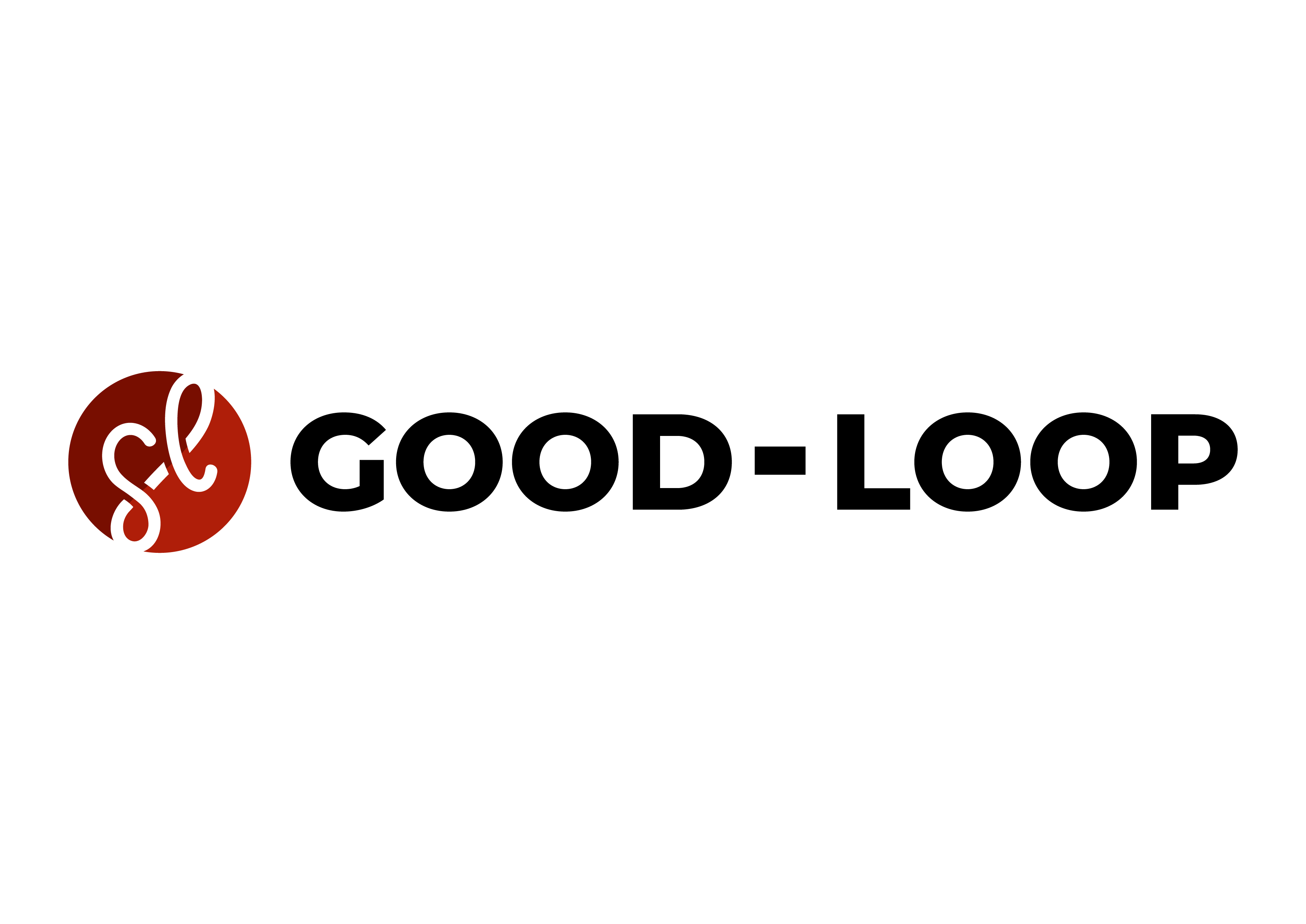They say a week is a long time in politics - but what about the ad industry?
Battling industry headwinds and economic uncertainty, so much can change in a very short time in Adland.
So much so, you would be either mad or extremely brave to predict what's going to happen across the industry over the next 12 months.
With that in mind, we asked members of Good-Loop's leadership team to gaze into their crystal balls and predict the biggest Adland trends we'll see in 2023.
We'll let you decide whether they're brave or not.
Enjoy!
Amy Williams - CEO and founder:
"The Lipstick Effect is the well-documented phenomenon that sales of affordable luxuries rise in economic downturns. Well in 2023, I predict a rise in the KeepCup effect. With wars raging, costs spiralling and climate catastrophes becoming more prevalent, consumers will be looking for affordable ways to express their social values. Brands have already made their public DE&I commitments, they've already signed up to AdNetZero and they've already told consumers they care. So 2023 is the year to make good on those commitments and bake social impact into the core business operations."
Ryan Cochrane - COO:
"In 2023, I predict we're going to see a real industry push to standardise the way marketers measure the amount of carbon emissions their digital advertising generates. Currently, if you use any of the Adland carbon calculators, you'll probably receive several different answers to the same question: 'How much CO2e did this ad emit?'
"As with any complex issue, there're a million ways to interpret the data, including which variables you use to calculate the result. However, there's a real danger that when advertisers are called upon to meet their Net Zero commitments, they'll simply use the lowest score available - not necessarily the right one. So expect Adland to come together to establish what should and shouldn't be included in the calculations. With two-thirds of UK marketers saying there's not enough training programmes on sustainable advertising (Good-Loop), I also think education will become a key focus for many advertisers."
Claire Gleeson-Landry - Head of Investment & Sustainable Media:
"I think more and more brands will realise that consumers expect them to invest in quality media. If they've got one thing being said in their creatives, then their investment in media has to be tied to that. Consumers are really good at spotting when an advertiser is being utterly disingenuous. So I think more and more brands will choose to invest in responsible publications, and execute their digital advertising in much more responsible ways, playing less fast and loose with the open marketplace and being a lot more selective as to where their advertising shows up. Suppliers need to understand what they're working with. That's why we launched the Green Ad Tag, because you can't manage what you can't measure. So first things first, everyone needs to have a really granular diagnostic report of where their advertising is showing up. Obviously you'd like to think that anything to do with climate misinformation will be left off plans, and that advertisers will actively encourage really good quality reporting.
Crucially I think one thing that's really important is the pursuit of cheap inventory and cheap clicks is going to have to come off media plans. Those long tail, made-for-advertising websites like wikiemoji.com need to stop receiving that funding in order for brands to truly be able to shift perceptions about themselves, and also they have that responsibility in terms of investing appropriately."
Julia Hitchman - Chief Commercial Officer:
"Consumer confidence is at an all-time low, as families prepare for a tough winter with high bills, expensive food and less disposable income than years past. But tighter purse strings won't change the fact that we have all been through a collective experience of adversity. United by the common enemies of COVID, war, social injustice and climate change, to list a few... we are more aware than ever before of how those less fortunate are in need of our support. In fact, in the U.S. the last 12 months have seen direct personal charity donations increase by 10.8%. From washing on a colder cycle, supporting local food banks or buying less fast fashion, we can expect to see a trend for frugal, civic responsibility in the year ahead as consumers look to exercise their social values in affordable, everyday ways."
Daniel Winterstein - CTO and Founder:
"The consumer pressure for better will only continue to grow. Ignoring climate change is no longer viable, with brands compelled to demonstrate they're part of the solution, rather than being part of the problem. The well-known problems with fake news will increase media-buying on reputable publishers. Brands that show integrity and invest in purpose and quality will come out ahead. For example, Patagonia's track record shows their sales actually go well during recessions, as consumers question value and buy better."

